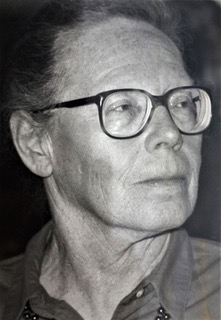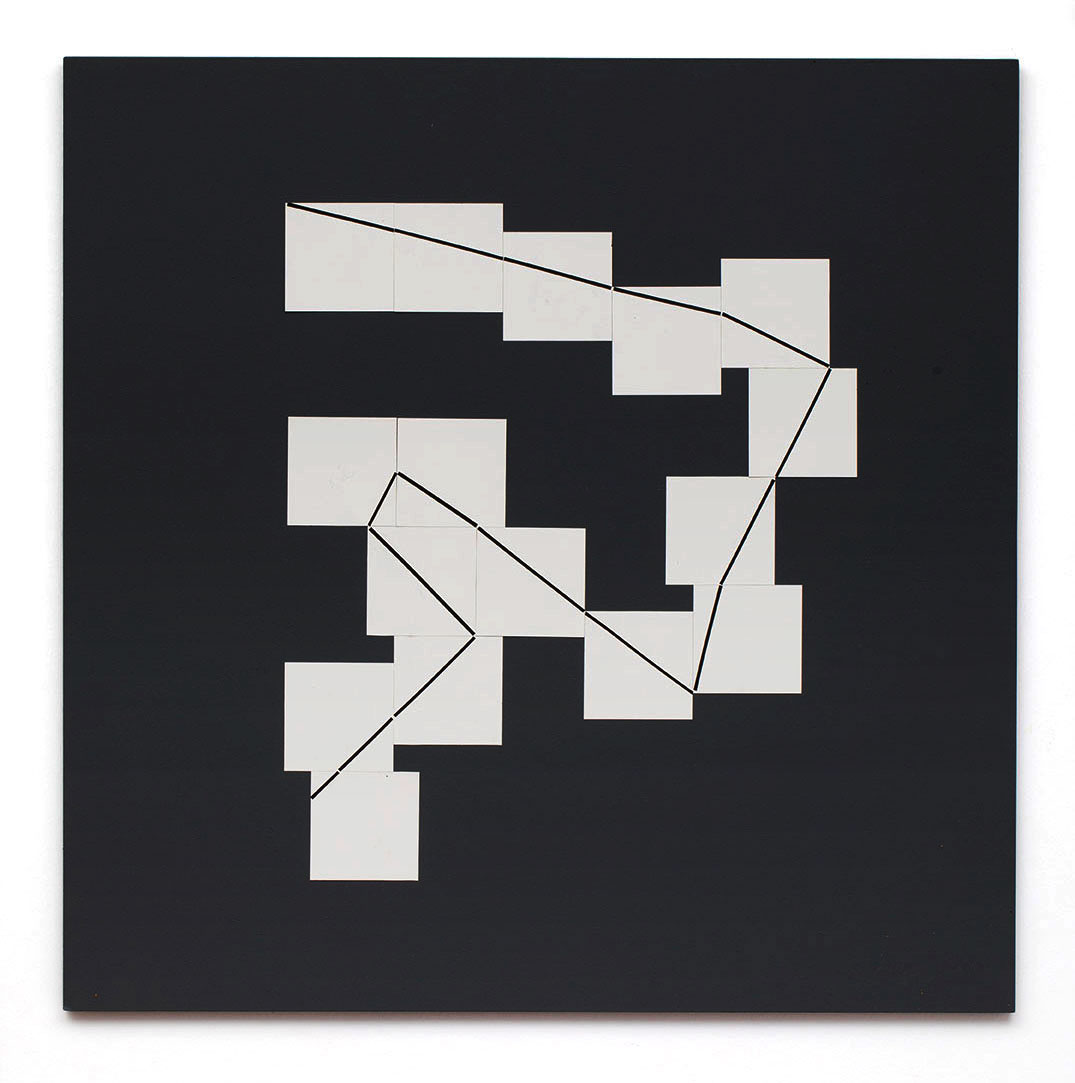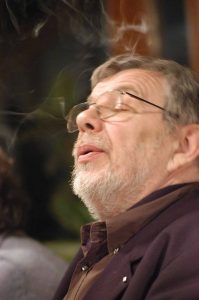Kevesebb, mint egy hónappal január 5-i századik születésnapja elött Párizsban meghalt Vera Molnar, egyesületünk alapító tagja és tevékenységének aktív résztvevője.
Elképesztő mennyiségű és minőségű életművet hagy maga után. Vera eltért a kor konkrét művészei által követett fő csapásirányától, gondolkodása alapvetően algoritmikus volt. A matematika, a játékosság és a véletlen fontos szerephez jutottak műveiben. Férjével, François Molnarral közös munkájuk során jutottak olyan következtetésekre a modern tudomány és művészet szoros kapcsolatáról, amelyek sok tekintetben mintegy előrejelezték a következő időszak fejleményeit. Már a hatvanas évek legelején vázoltak egy nagyívű programot, ami meglepően pontosan jelezte előre a következő évtized várató eredményeit: a „…topológia, a játékelmélet és a kombinatorika a formák sokkal tágabb körének megalkotását teszik lehetővé, mint az intuíció. Ezeknek a tudományoknak az eredményeit akarjuk használni. (…) Ha az információelmélet a rend és káosz fogalmával dolgozik, akkor ez pont jó nekünk, mert a műalkotás is pont e két szélsőség között születik meg. Hogy pontosan hol, azt egy új esztétika, a művészet tudománya mondja majd meg.”
A machine imaginaire elvének kidolgozásával Vera Molnar az esztétikai képalkotás algoritmikus műalkotás alapjait fektette le – egy gépet definiált, amely adott szabályok szerinti programnak megfelelően működik és generál műalkotásokat oly módon, hogy eljárása megegyezik a digitális számítógépek működési elvével. Erről így ír: „Elképzeltem egy számítógépet, programot terveztem hozzá és lépésről-lépésre egyszerű, behatárolt sorozatokat készítettem, amelyek önmagukban zártak voltak, tehát egyetlen formakombinációt sem hagytam ki. Mihelyt tehettem, a képzeletbeli komputert felcseréltem egy valódi számítógéppel.”
Utolsó kiállítására életében tavaly novemberben nyílt meg Rómában a Collegium Hungaricumban és márciusig látható.
Egy kiemelkedő művészt, a számítógépes művészet úttörőjét és nagyszerű barátunkat veszítettük el.

Less than a month before her 100th birthday, January 5, Vera Molnar died in Paris. Vera was a founding member of OSAS and an active participant in its activities.
She leaves behind an oeuvre of outstanding quantity and quality. Vera deviated from the main thrust of the concrete art of the time as her thinking was essentially algorithmic. Mathematics, structure, and chance played an important role in her work. Working together with her late husband, François Molnar (Feri), they recognized the close relationship between modern science and art that in many ways foreshadowed developments in the period ahead. Already in the early 1960s, they outlined an ambitious programme that foreshadowed with surprising accuracy the results of the next decade: “…topology, game theory and combinatorics make it possible to create a much wider range of forms than intuition. (…) If information theory works with the notion of order and chaos, then that’s just fine for us, because it’s precisely between these two extremes that the work of art is born. Where exactly, a new aesthetics, the science of art, will tell us.”
By developing the principle of a machine imaginaire, Vera laid the foundations for an algorithmic artwork of aesthetic imaging. With that she defined a machine that operates according to a program of rules and generates artworks in a way that is identical to the principles of digital computers. She notes, “I imagined a computer, designed a program for it and, step by step, made simple, limited series which were self-contained, so that no combination of forms was omitted. As soon as I could, I replaced the imaginary computer with a real computer.”
Her last exhibition during her lifetime opened in Rome last November and is open until March in the Accademia d’Ungheria.
We have lost an outstanding artist, the pioneer of computer art and a magnificent friend.

 Gáyor Tibor: Átlós törések folyamatossága I | Dimetrical Fractures, 2004
Gáyor Tibor: Átlós törések folyamatossága I | Dimetrical Fractures, 2004